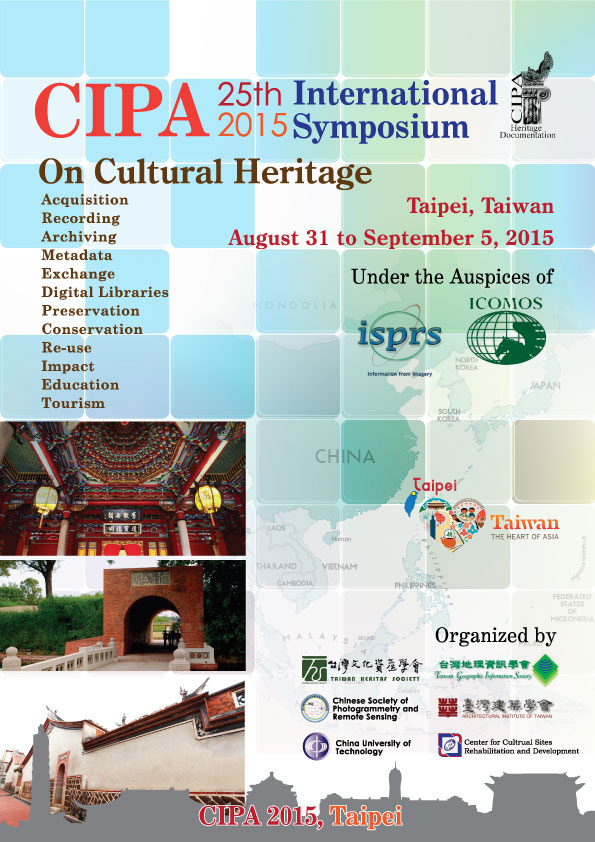Το Γεφύρι Πλάκας ταξιδεύει… στην Ταϊβάν!
Οι ερευνητικές ομάδες των καθηγητών Α. Γεωργόπουλου και Δ. Καλιαμπάκου ανακοινώνουν τμήμα των εργασιών που στοχεύουν στην αναστήλωση του γεφυριού της Πλάκας στο 25ο διεθνές συνέδριο της CIPA, ένα από τα γνωστότερα παγκόσμια συνέδρια στην προστασία της πολιτιστικής κληρονομιάς. Πιο συγκεκριμένα, η ανακοίνωση αναφέρεται στη διαδικασία συλλογής πληροφοριών για το Γεφύρι της Πλάκας, μέσω crowdsourcing, που οδήγησε στην δημιουργία τρισδιάστατου φωτορεαλιστικού μοντέλου του Γεφυριού σε μεγάλη λεπτομέρεια. Το αποτέλεσμα των εργασιών αυτών αποτελεί ισχυρό βοηθητικό εργαλείο για την πιστή αναστήλωση του Γεφυριού.
Για περισσότερα δείτε τη περίληψη.
CROWDSOURCING LOST CULTURAL HERITAGE
ABSTRACT:
Cultural Heritage all over the world is at high risk. Natural and human activities endanger the current state of monuments and sites, whereas many of them have already been destroyed especially during the last years. Preventive actions are of utmost importance for the protection of human memory and the prevention of irreplaceable. These actions may be carried out either in situ or virtually. Very often in situ preventive, or protective or restoration actions are difficult or even impossible, as e.g. in cases of earthquakes, fires or war activity. Digital preservation of cultural heritage is a challenging task within photogrammetry and computer vision communities, as efforts are taken to collect digital data, especially of the monuments that are at high risk. Visit to the field and data acquisition is not always feasible. To overcome the missing data problem, crowdsourced imagery is used to create a visual representation of lost cultural heritage objects. Such digital representations may be 2D or 3D and definitely help preserve the memory and history of the lost Heritage. Sometimes they also assist studies for their reconstruction. An initiative to collect imagery data from the public and create a visual representation of a recently destroyed stone bridge almost 150 years old is being discussed in this study. To this end, a crowdsourcing platform has been designed and the first images collected have been processed with the use of SfM algorithms.




